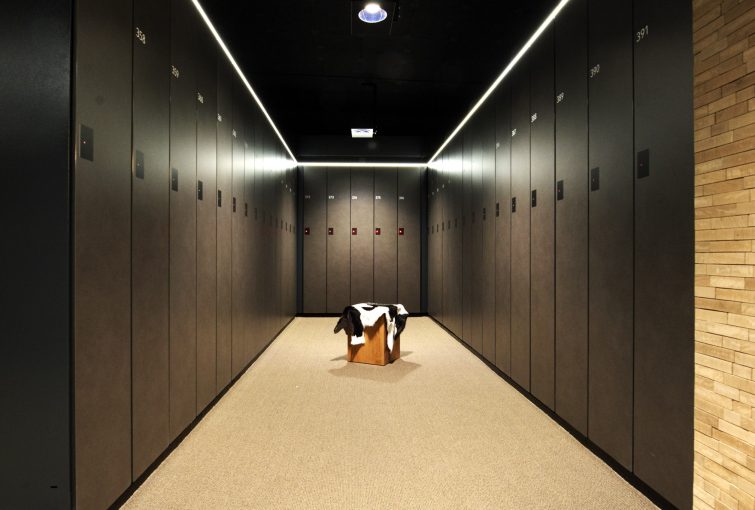
There’s no disputing that lockers are an essential type of storage found everywhere from offices, to schools, shopping centres and transport hubs. From traditional padlock lockers, came the rise of digital lockers.
If you’ve got valuables and you want them safe, it’s about time you upgrade your lockers and have them stored in more sophisticated lockers. There’s a reason why we always have to update our iOS and gadgets, and our safe storage is no different.
Digital lockers are the product of innovation, they are protected by pin combinations that are inputted into the system through a keypad located on the surface of the locking device.
Although regular organisations often use these electronic lockers, they tend to be found in security settings, especially in law enforcement agencies like the police, Department of Justice, Federal Bureau of Investigation, the Secret Service and Department of Homeland Security. Digital lockers are safer and more advanced than traditional padlock lockers, making them perfect for these types of places.
But, digital lockers are quickly becoming the preferred option in many other corporate establishments. Keep reading to learn why digital lockers are replacing traditional ones.

Traceable
Organizations like the FBI and the police find digital lockers extremely useful for stocking their arms. This is why you get this type of locker in every armory department of any law enforcement agency. Although digital lockers can still be breached, just like its padlock cousin, the difference is that you can easily track the perpetrator through the ID system that tends to come with cameras.
Advanced Authentication System
Electronic lockers come with strong authentication code combinations that make it almost impossible to breach. Some of the authentication methods include PIN, biometrics, and RFID. Recently, some lockers have come with retinal scanning features. Again, some organisations find it useful to integrate more than one authentication process on their digital lockers, depending on how important the locker contents are.
Lock-Out Feature
These lockers are now so advanced that most of them can lock a user out for hours. This feature was deliberately designed for anti-theft purposes and it happens when the system notices an error in the number combinations.
This design locks the users out, then alerts the control room of an impending breach. You will see these type of digital lockers in places like the Bureau of Justice Statistics, U.S. Customs and Border Protection, U.S. Immigration and Customs Enforcement, or any other organization with vital documents that need to be kept safe.
Enhance Chain of Custody
In the criminal justice system, cases are judged by available evidence, and in the absence of that evidence, the accused may be left to walk freely. So, to avoid this mess, there is a chain of custody: someone who oversees the evidential facts to avoid them being tampered with.
And the best place to lock up such evidence is in a digital locker, with a person in charge to monitor access to the contents. Because of its technology, every access request to the locker is monitored, and the person in charge holds the sole right to grant access to it, using some unique number combinations.
Very Accommodating
The technology that gave rise to digital lockers is innovating, and the more they innovate, the more secure they become. Therefore, digital lockers are not like other lockers you see in schools and corporate organisations.
A digital locker is bigger, and they can contain extremely large files, arms, items seized from offenders, and other heavy equipment. The military relies heavily on this storage facility, especially when it has to do with storing heavy military equipment. In most cases, most of them are bullet and fireproof.
The widespread security features of digital lockers makes them ideal not only for use by law enforcement agencies, they can also be used by organisations that have sensitive documents in their custody. You’ll see this type of locker in government research facilities, used to store research secrets.
In most cases, these lockers can still be customised to suit a particular purpose. Again, the encryption technology can go beyond just inputting numbers and codes to more advanced verification methods like face and voice identification.

2 Comments
The jacket is too long but thew dress and the colours look great!
She can really work bold colours.